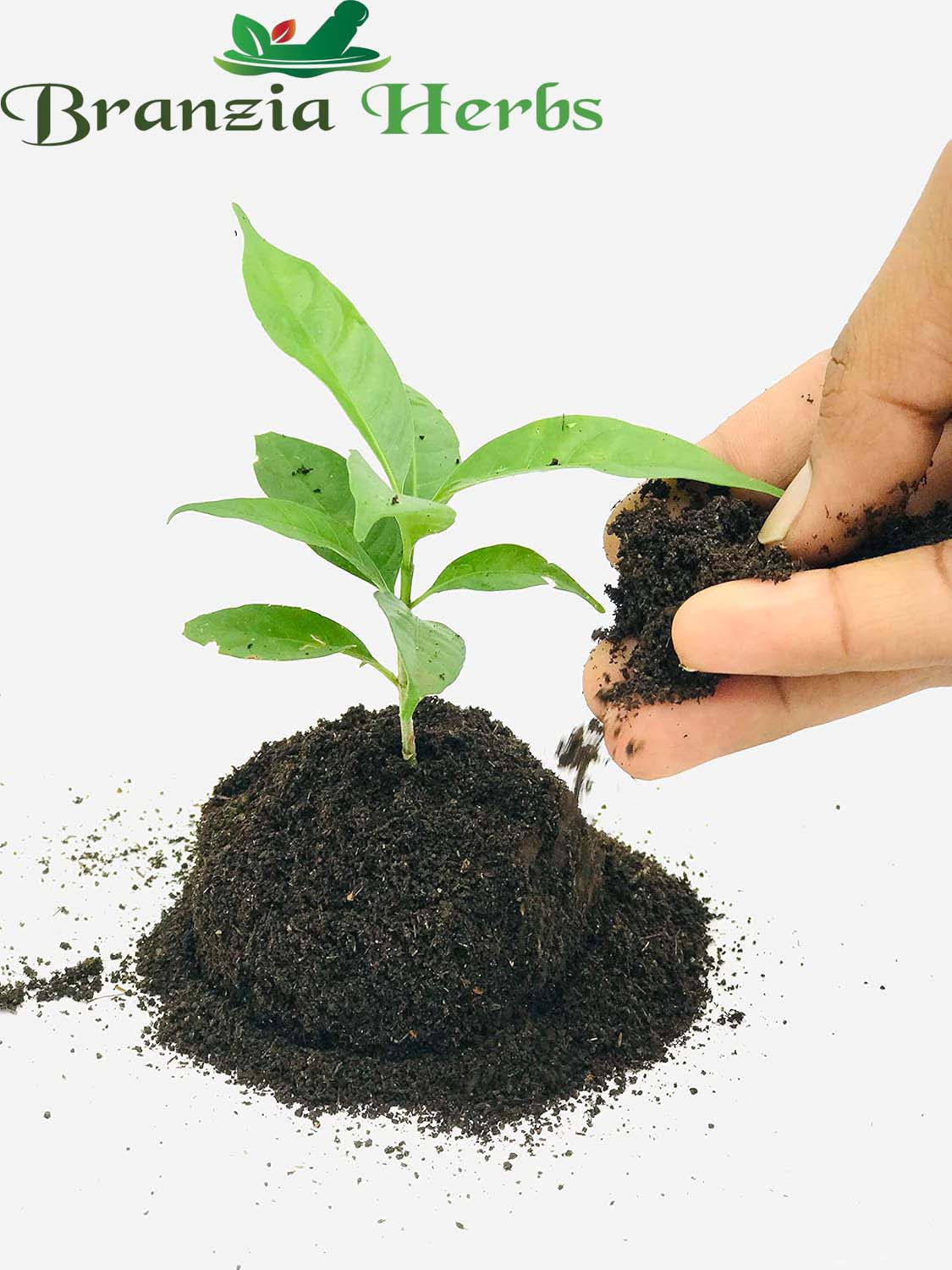Dill (Anethum graveolens) is a versatile herb known for its aromatic foliage and seeds, which are commonly used in cooking, pickling, and various traditional remedies. Here’s a comprehensive guide on Dill Herb Seeds, including their characteristics, benefits, and planting care:
Characteristics
-
Appearance:
-
Seeds: Dill seeds are small, oval-shaped, and ridged. They are typically brown or grayish-brown, about 4-5 mm in length. They have a distinctive, slightly spicy aroma.
-
Plant: Dill is a biennial herb with feathery, fern-like leaves and small, yellowish-green flowers that cluster in umbels. The plant typically grows to about 30-90 cm (12-36 inches) tall.
-
Plant Size:
-
Height: Usually grows to 30-90 cm (12-36 inches) tall.
-
Spread: Can spread about 30-45 cm (12-18 inches) wide.
Benefits
-
Culinary Uses:
-
Flavoring: Dill leaves (fronds) are used fresh or dried to flavor a variety of dishes, including soups, salads, and sauces. They are particularly popular in Mediterranean and Scandinavian cuisines.
-
Pickling: Dill seeds and fronds are essential in pickling recipes, adding flavor to pickles, brines, and fermented vegetables.
-
Medicinal Uses:
-
Digestive Health: Dill is traditionally used to aid digestion, relieve bloating, and alleviate gas. Dill tea or dill seeds are often used for these purposes.
-
Antioxidant Properties: Dill contains antioxidants that may help protect the body from oxidative stress and support overall health.
-
Cosmetic Uses:
-
Skin Care: Dill extract is sometimes used in skincare products for its potential soothing and anti-inflammatory effects.
Planting Dill Herb Seeds
-
Preparation:
-
Seed Treatment: Dill seeds do not typically require special treatment before planting but soaking them in water for a few hours can help improve germination.
-
Timing:
-
Optimal Season: Plant dill seeds in spring or early summer after the last frost when soil temperatures are consistently above 15°C (60°F). Dill prefers cooler temperatures and can also be grown in fall in milder climates.
-
Soil and Location:
-
Soil Type: Prefers well-drained, loamy or sandy soil with a slightly acidic to neutral pH. Ensure good drainage to prevent waterlogging.
-
Location: Choose a sunny location with full sun to partial shade. Dill thrives in cooler climates and requires plenty of sunlight.
-
Planting:
-
Sowing Seeds: Sow seeds about 1/4 inch (0.6 cm) deep in the soil. Space seeds or seedlings about 15-20 cm (6-8 inches) apart to allow for spreading.
-
Germination: Seeds typically germinate within 7-14 days. Keep the soil consistently moist but not waterlogged during this period.
-
Watering:
-
Initial Care: Water the soil thoroughly after planting and maintain consistent moisture until seedlings are established.
-
Ongoing Care: Water regularly but avoid overwatering. Dill prefers moderately moist conditions but can tolerate some dryness.
-
Fertilizing:
-
Nutrients: Dill does not require heavy fertilization. Apply a balanced fertilizer or compost at planting time and as needed throughout the growing season. Avoid excessive nitrogen, which can lead to excessive foliage growth at the expense of flavor.
Care and Maintenance
-
Pruning:
-
Trimming: Dill does not generally require pruning, but removing flower heads before they mature can extend the harvest period and prevent self-seeding.
-
Pest and Disease Management:
-
Monitoring: Dill is relatively pest-resistant but can be affected by pests such as aphids, spider mites, and caterpillars. It may also be susceptible to fungal diseases like powdery mildew.
-
Control: Use organic pest control methods if needed and ensure good garden hygiene to prevent disease.
-
Harvesting:
-
Leaves: Harvest dill leaves (fronds) when they are young and tender for use in cooking. Regular harvesting encourages new growth and extends the harvest period.
-
Seeds: Harvest dill seeds when they turn brown and dry on the plant. Cut the seed heads and allow them to dry further before separating the seeds. Store seeds in an airtight container.
-
Protection:
-
Winter Care: In colder climates, dill is typically grown as an annual and does not require winter protection. In milder climates, it can be grown year-round.
Environmental Considerations
-
Climate Adaptation: Dill is well-suited to temperate climates. It thrives in cool to mild temperatures and may not perform well in extremely hot conditions.
-
Sustainability: Ensure planting practices are sustainable and adhere to local regulations regarding agriculture and conservation.
Summary
Dill Herb Seeds provide an excellent opportunity to grow this aromatic and versatile herb. By following proper planting and care guidelines, you can successfully cultivate dill and enjoy its many culinary, medicinal, and decorative benefits. Dill thrives in well-drained, sunny conditions and requires minimal water and fertilization for optimal growth. Its fresh leaves and seeds make it a valuable herb for various uses, from cooking and pickling to traditional remedies.







